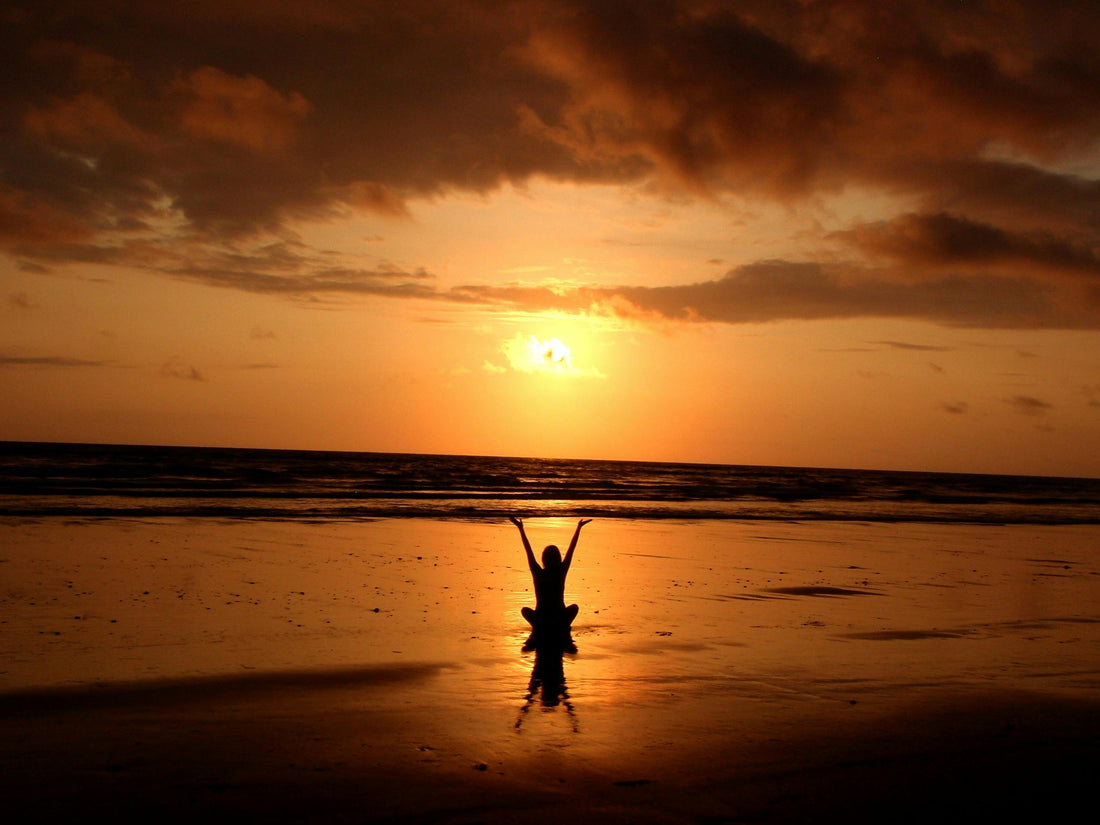
🌊 SUP Yoga for Beginners: Find Your Flow on the Water
Share
If you’ve ever felt the calming power of water or the grounding presence of yoga, SUP Yoga (Stand-Up Paddleboard Yoga) might be your new favorite obsession. It combines the serenity of floating on water with the mindfulness and movement of yoga — and yes, it’s as dreamy as it sounds.
Whether you’re looking to shake up your yoga routine, build balance, or just spend more time outside, here’s everything you need to know to start your SUP Yoga journey.
🧘 What Is SUP Yoga?
SUP Yoga is a yoga practice done on a stand-up paddleboard instead of a mat, usually on calm water like a lake, river, or bay. It’s all about balance, breath, and being present.
The added challenge of water turns even the simplest poses into full-body engagement, helping you build core strength, stability, and serious mental focus.
Read more from Yoga Journal: What is SUP Yoga?
🌟 Benefits of SUP Yoga
-
Improves balance & core strength
-
Deepens body awareness and control
-
Boosts mental clarity & mindfulness
-
Connects you with nature and the elements
-
Turns your workout into an adventure
There’s also something about being outside, floating under the sky, that takes stress relief to a whole new level.
🏄 What You’ll Need
You don’t need much to get started, but here are the basics:
🧺 Gear Checklist:
-
A stable paddleboard
-
SUP leash (waist leash recommended for yoga)
-
Paddle (with a clip or tether to attach to the board)
-
Anchor (optional but helpful to stay in place)
-
Example: Bote Anchor
-
-
Comfortable clothes (quick-drying or swimwear)
-
Sunscreen, water bottle, and towel
Bonus: If you're doing yoga on saltwater or moving water, consider using a personal flotation device (PFD). Check out the Onyx M-16 Belt Pack PFD.
🌞 Best Poses to Start With
Here are a few beginner-friendly poses that work well on a board:
-
Easy Seated Pose (Sukhasana) – great for grounding and breathwork
-
Tabletop Position – builds confidence and balance
-
Cat-Cow – warms up the spine gently
-
Downward Dog – engages core and legs
-
Child’s Pose – calming and stable
-
Low Lunge – stretches hips and improves balance
-
Supine Twist – gentle spinal mobility and a chance to float and relax
Watch a beginner-friendly flow here:
🎥 YouTube: SUP Yoga for Beginners | Yoga with Adriene
Tip: Keep your gaze soft, your movements slow, and your breath steady.
🏖️ Where to Practice
-
Calm lakes or ponds
-
Sheltered bays
-
Paddleboard yoga classes (many offer group sessions during summer)
Search for nearby classes here:
🔎 ClassPass SUP Yoga Finder
Look for water that’s:
-
Flat and calm
-
Free of boat traffic
-
Safe depth (just in case you fall in!)
🔄 Tips for Your First Session
-
Start with short sessions (30–45 mins).
-
Paddle out, anchor, and get centered before you begin.
-
It’s okay to fall in — it’s part of the fun.
-
Practice mindful breathing — it helps with wobbles.
-
Focus on enjoying the experience, not perfecting the poses.
🧘♀️ Final Thoughts
SUP Yoga is less about nailing the perfect pose and more about enjoying the journey. It teaches you to stay present, let go of perfection, and flow with whatever the water brings. Whether you're a seasoned yogi or brand new to both yoga and paddleboarding, SUP Yoga offers a powerful way to reconnect with your body, your breath, and the natural world.
We have plenty more SUP Paddleboarding info on our Scents of Adventure Blog.